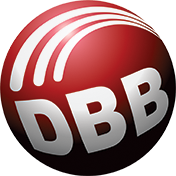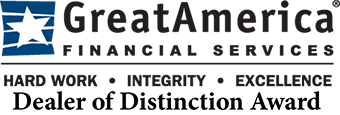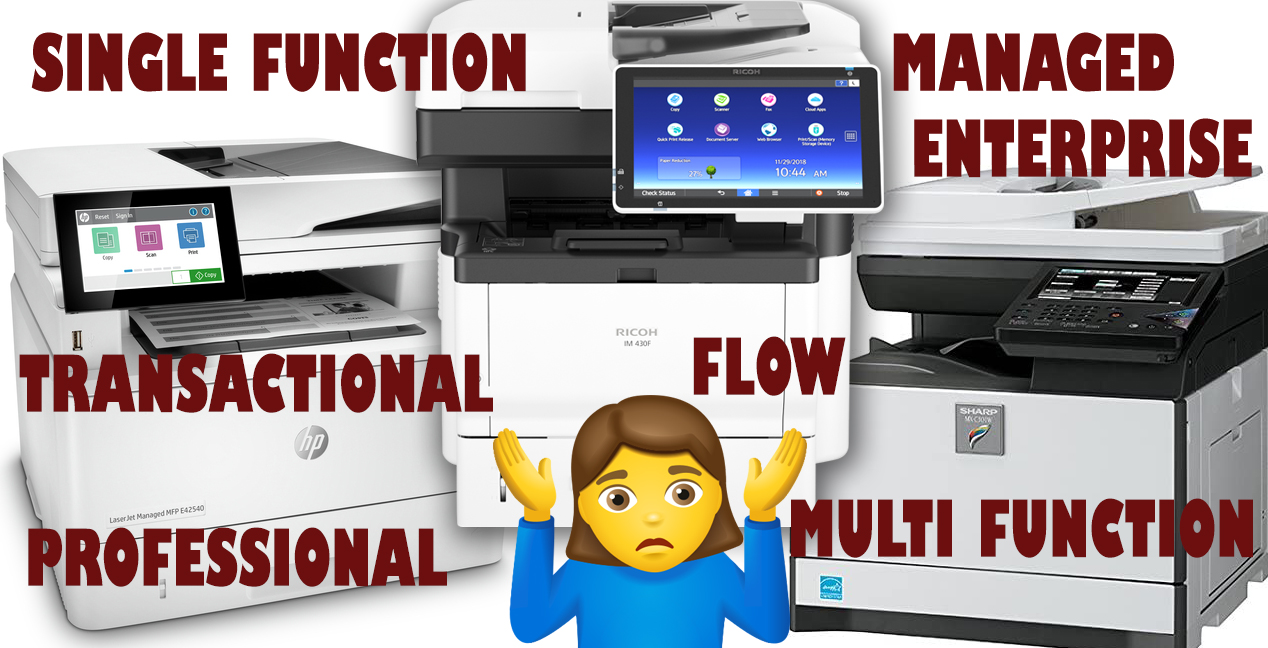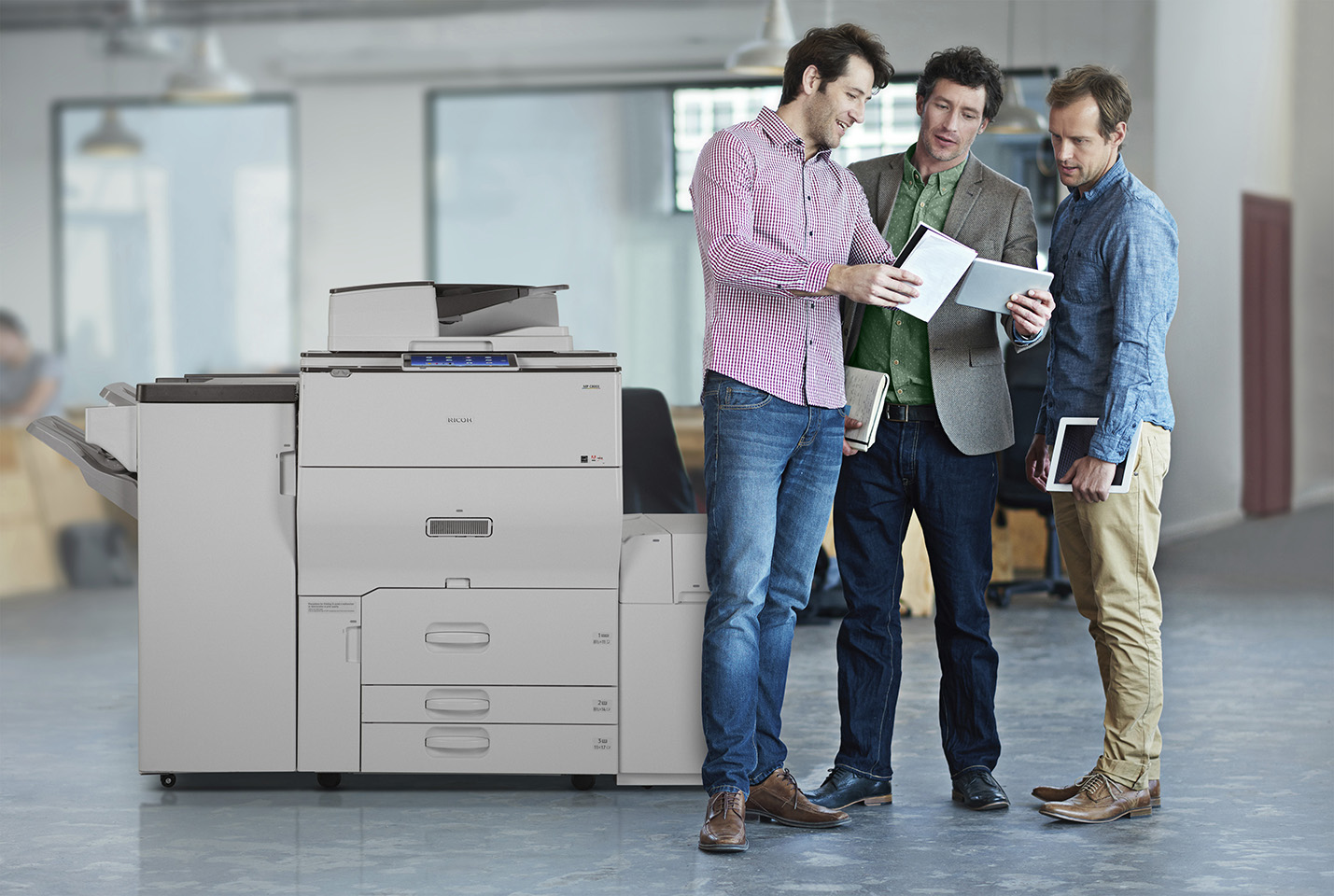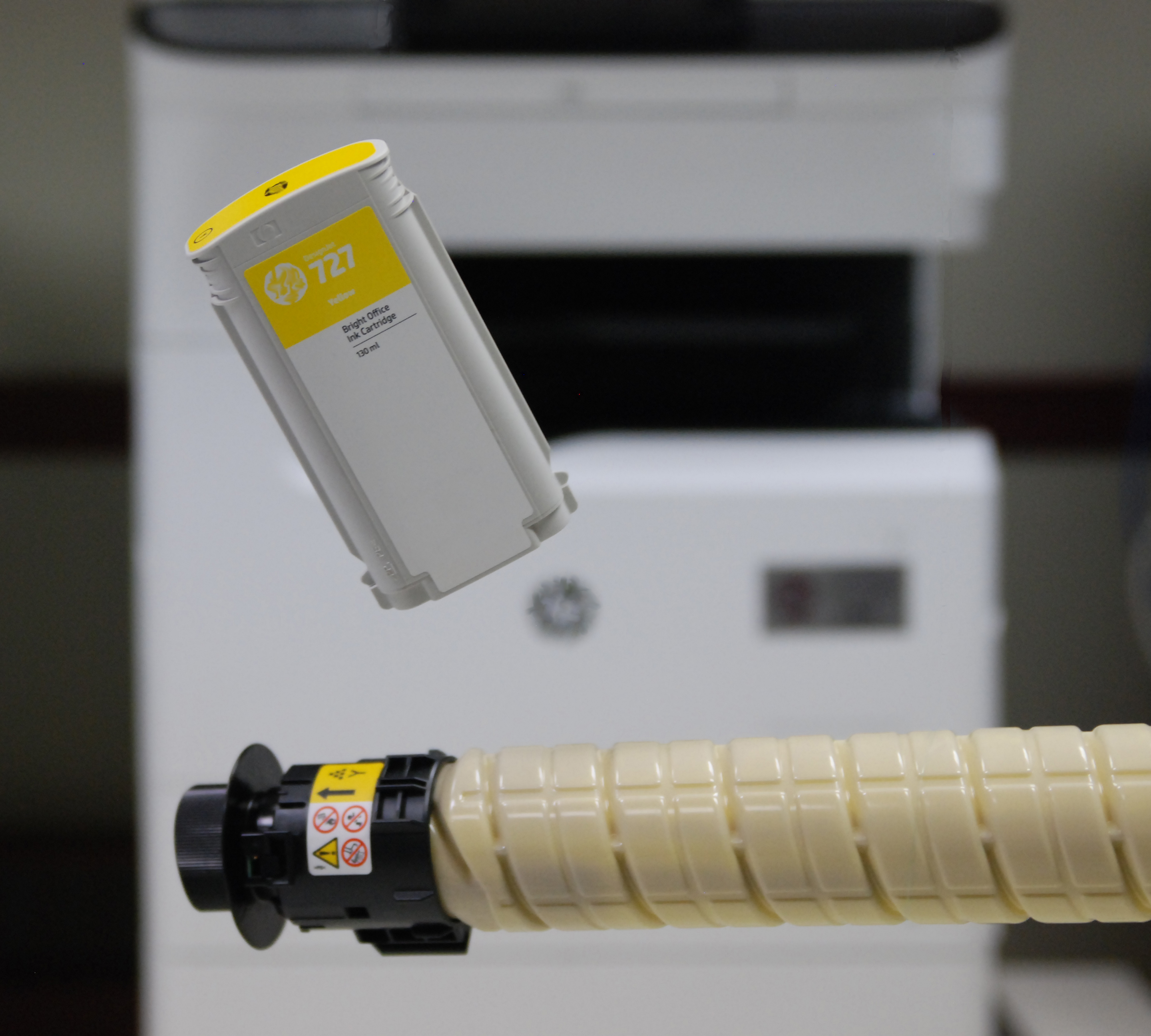2020 was a challenging year for businesses and individuals alike. However, as the economy begins to open up completely across the nation in 2021, things are looking up. In fact, the global growth for 2021 is projected to be 5.6% which is a massive rebound from a difficult year. This presents a number of opportunities for businesses across all industries and there will be unprecedented need for printed materials.
The Growth of Wide Format Printing in 2021
Topics: Printing, HP, Ricoh, Sharp, Digital Signage, wide format, print infrastructure, events
Is Print Dying? No, Just Ask Your Marketing Agency or Department.
Industry analysts are constantly writing blogs and articles declaring Print is Dead. However, for Marketing Agencies and In-Plant Print/ Mail Rooms, growth of printing is projected at 12.6% over the next five years.
Topics: Production Print, Ricoh, marketing, mail room, high volume print, print dying, in house printing, professional color printing
Known as the Razor Blade Strategy, you sell a low priced product tied to a higher priced consumable item that is needed on an ongoing basis. This was HP's (Hewlett-Packard) Printer Business Model for many years and many desktop printer manufacturers followed right along. For the Managed Print Services (MPS) Providers, these were easy targets to be able to save customers thousands of dollars.
Topics: Pricing, HP, HP service, Ricoh, Sharp, #SecureYourBusiness, #ManagedPrintServices, Xerox, transactional, managed, enterprise, service agreement, maintenance agreement
How Interactive Display Boards Revolutionize Communications for Better Business Outcomes
Despite the recent downtick in COVID-19 cases, companies and organizations in the United States are still looking to remote work and learning opportunities to keep business humming as usual. In fact, a recent survey by Upwork shows that one in every 4 Americans will be working from a remote location in 2021.
Topics: Ricoh, interactive flat panel display
No one gets more frustrated than when someone responds to this question with "It depends." Copier and printer pricing varies much like automobiles, because there are lots of options. We will try to make this answer as simple as possible.
Topics: Copier Pricing, Copier Issues, Copier Service, Net Promoter Score, Customer Satisfaction, Response Time, Customer Service Excellence, Good Service, Office Equipment Buying Guide, Office Equipment Purchase, Printer Pricing, Copier RFP, Office Equipment Criteria, Ricoh, Sharp, Xerox, Toshiba
As the name implies, inkjet copiers/printers use a liquid ink to produce an image. A laser copier uses a dry powder called toner to produce an image. These two materials are also applied to the media via different processes. The inkjet uses an array of micro nozzles to spray the ink onto the media where it dries. The laser process uses a series of static charges to transfer toner to the media and then applies heat to melt or fuse the toner to the surface of the media.
Topics: Copier Problems, Copier Issues, HP, Copier Service, Office Equipment Buying Guide, Office Equipment Purchase, Office Equipment Criteria, Ricoh, Sharp, inkjet, laser printer, pagewide, Xerox
COVID-19 (Coronavirus) is changing all aspects of our lives. With so many people touching the control panel, document feeder, output trays, and drawer handles every day, your office copiers and printers can be a hotspot for germs. Disinfecting surfaces during the coronavirus (COVID-19) outbreak is a best practice to limit the survival of the virus and prevent transmission. Download any or all of these cleaning guides to stay safe.
Topics: HP, Ricoh, Sharp, #SecureYourBusiness, #CustomerServiceExcellence, #MoreThanPrint, #MoreThanCopiers, #ManagedPrintServices, #IntelligentBusinessInformationServers, #remoteworking, #heretohelp, Stopthespread, #coronavirus, #covid19
If you want to improve workflow in a production print environment, in-line operations should be first on your list for research. By automating these operations in workflows you will reduce total production time; thereby, shortening turn times and reducing labor costs as opposed to off-line manual operations.
Most production systems come standard with some capabilities to automate operations and offer an assortment of options to fit more specialized applications. You will typically find the ability to print on standard tab extensions and insert them as divider pages in manuals. Pre-cut blank tab sets come in a wide array of tab sizes to fit your needs and are available pre-collated to run through production devices. When you combine this with in-line punching capabilities you can produce book blocks ready for final binding. A simple way to improve workflows is with job presets which are typically found in standard print drivers and optional controllers. Presets will save set up time and cut misprint waste by storing the appropriate settings for a print job and then applying them to other jobs with the same requirements.
The real powerhouse workflow improvements are found in optional equipment and the operations they perform. The following are some examples of in-line options and how they can be used to improve your workflows.
If you need to produce saddle style booklets or simple fold in half sheets, you should consider a booklet finisher rather than a simple flat sheet staple finisher. Most manufactures offer a finisher like this for production devices and may also work with aftermarket providers for finishers with greater capabilities. If you choose this type of finisher consider the following.
• How many sheets will it staple
• What paper weights will it handle
• What paper sizes will it handle
• What options are available
Options may be available to trim the open side (known as the face) of the booklet or the top, bottom, and face (known as three side trim). Extended conveyors to allow easier gathering of finished product and options to square the spine to mimic a perfect bound book may also be available on some devices.
To improve GBC binding workflows, many production devices are compatible with a GBC stream punch to provide in-line punching with changeable dies to match the binding system(s) that you use. Complete book blocks can be produced that are ready for one of the five styles of GBC binding or insertion into three ring binders.
Folding units provide common styles of folding without the manual handling, time, and labor involved in folding offline. Typically you will find the ability to produce letter folds in and out, half folds, double parallel, gate and z folds ready to use directly from the device.
Interposers provide the ability to insert covers or sheets into the finished product post engine, thereby avoiding the imaging counter, rollers and plates in the paper path, and imaging processes. Covers and inserts are often produced by other methods and may bring properties with them that cause issues when ran through the engine. There are many reasons why you may want to utilize this option and the following are the most common.
• Avoid hand collating covers and/or special sheets into the product
• Utilize downstream features like punching for covers and/or special sheets
• Prevent damage to engine from covers containing metallic images or special coatings
• Avoid the click charge that happens with each sheet through the engine
• Prevent damage to the cover or sheet from the fusing process
Stacker units facilitate wheeled carts to make completed flat sheet products easy to move and eliminate the manual offloading of finished products from the device. For long runs a second stacker can be utilized to keep production rolling while the first unit is emptied and prepared with another empty cart.
Optional print controllers, like models from Fiery and Creo, offer diverse workflow tools to pre-flight jobs and optimize run time by capitalizing on pre-ripped files being queued for production or moved between devices. These controllers also enhance print-on-demand capabilities by having the file ready to run again with minimal setup or file ripping.
Whether you add options or use the embedded capabilities of a production device you can dramatically cut cost, waste, and turn times while producing better products from improved workflows in your organization.
Topics: Production Print, Process Improvement, Ricoh, #CustomerServiceExcellence, #MoreThanPrint, #MoreThanCopiers, #ManagedPrintServices, sustainability, improve profits, Workflows
Consider This When Selecting An Office Equipment Dealer
On November 7-8, 2019, The Cannata Report, an intelligence resource for business technology and imaging solutions resellers, hosted its 34th Annual Awards & Charities Dinner to raise funds for Tackle Kids Cancer at Hackensack Meridian Health and 4th Annual Women Influencers Brunch in Morristown, New Jersey.
Topics: Industry Trends, Copier Problems, Copier Issues, Copier Service, Ricoh Service, Office Equipment Buying Guide, Office Equipment Purchase, Office Equipment Criteria, Industry Honors, Ricoh, Sharp, Leasing
